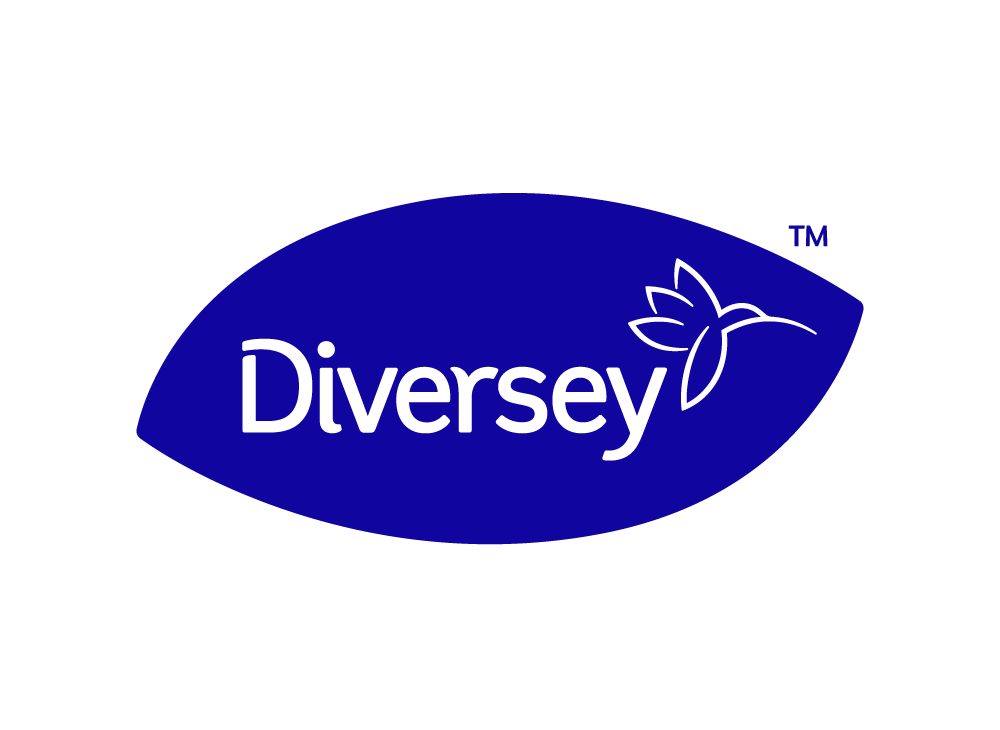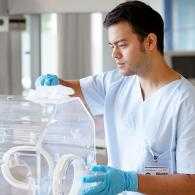The emergence of a novel coronavirus (SARS-CoV-2) causing a disease called COVID-19 has focused attention on stopping the spread of the virus between people. The virus is spread predominately in two manners. Breathing in respiratory secretions when someone coughs or sneezes, or touching a surface that has been contaminated with respiratory secretions, and then touching the eyes, nose or mouth, depositing the virus on our mucous membranes can both spread the virus. Breaking the spread of virus from our hands to our mucous membranes involves either removing the virus (soap and water) or killing the virus (alcohol-based hand rubs - ABHR).
Hand Washing
Hand washing’s effectiveness to wash away viruses and other microorganisms comes from the whole process, this is the use of soap, water, and friction. The soap is present to break down the oils on our skin, and to lift and remove ‘soil’ (dirt, dead skin debris, bacteria, viruses and oils). Water allows for the action of the soap, wetting the product and then washing the product (and soil) from our hands to a drain. Friction is a required component of hand washing, and refers to the whole rubbing and thorough rinsing process that has to be performed for at least 20 seconds. All surfaces of the skin on the hands, nails, wrists and cuticles must receive friction to remove the soil load. Drying with a paper towel also helps the effectiveness of the process. It must be noted that the removal of the skin’s natural oils can lead to skin dryness, and if frequent hand washing is expected, then a moisturizing or reconditioning cream or lotion should be applied after each wash episode to help protect the skin. Damaged skin from frequent hand washing can lead to poor hand washing. The lotion helps keep skin healthy and allows for hand washing to be effective.

Alcohol-Based Hand Rub (ABHR)
The use of ABHR is only appropriate on visibly clean hands: any sign of soiling (respiratory secretions, environmental ‘dirt’ black of newsprint, soil) requires hand washing. ABHR only kills microorganisms on our hands (if we get an exposure to the product of at least 20 seconds), it does not ‘remove’ anything and requires friction to all surfaces of the hands and nails to increase the effect of the alcohol.
Which to Use?
Hand washing with soap and water remains the most effective prevention measure, together with other precautions or good hygiene practices that reduce the infection risk. If we cough or sneeze, even using a tissue, our hands can be exposed to respiratory secretions – soil – and we need to perform hand washing. If we wear gloves to protect our hands (work gloves, medical grade gloves) and our hands show evidence of the gloves when they are removed (lint, debris, powder) we need to perform hand washing. Many people are self-quarantining, staying or working from home, and have readily available hand washing facilities. Washing our hands in these circumstances is effective, and in this period of higher than usual demand, it leaves ABHR available for distribution among healthcare facilities. There are certain occasions where professionals or the general public will require ABHR. For instance, if we have to travel on public conveyances where there is no hand washing available, these members of the public will want to have ABHR available while in transit: once at their destination there should be readily available sinks for hand washing.

Front-line healthcare workers have contact with many surfaces (and patients) that may harbor microorganisms in smaller numbers. Their hands will appear visually clean and they will use ABHR frequently to kill microorganisms on their hands. For this specific group, who is focused on saving lives, among others, time is of the essence. Also, since the use of ABHR doesn’t require water and can be performed on-the-go, it’s proven to be more effective, accessible and quicker-to-perform than hand washing (when hands are visibly clean). Because of all those reasons, ABHR needs to be in our healthcare settings, which include hospitals, assessment clinics and medical clinics.
Prioritization for the distribution of ABHR should focus on these settings. Personal use of ABHR during a pandemic, when sinks and soap are readily available, should be limited so that our ABHR stocks can be directed to healthcare settings.
Authors:
Jim Gauthier - Senior Clinical Advisor, Infection Prevention
Peter Teska - Personal Care, IP & Healthcare, Global Infection Prevention Application Expert
Victor Cegarra Palao - Personal Care, IP & Healthcare, Global Marketing Director




